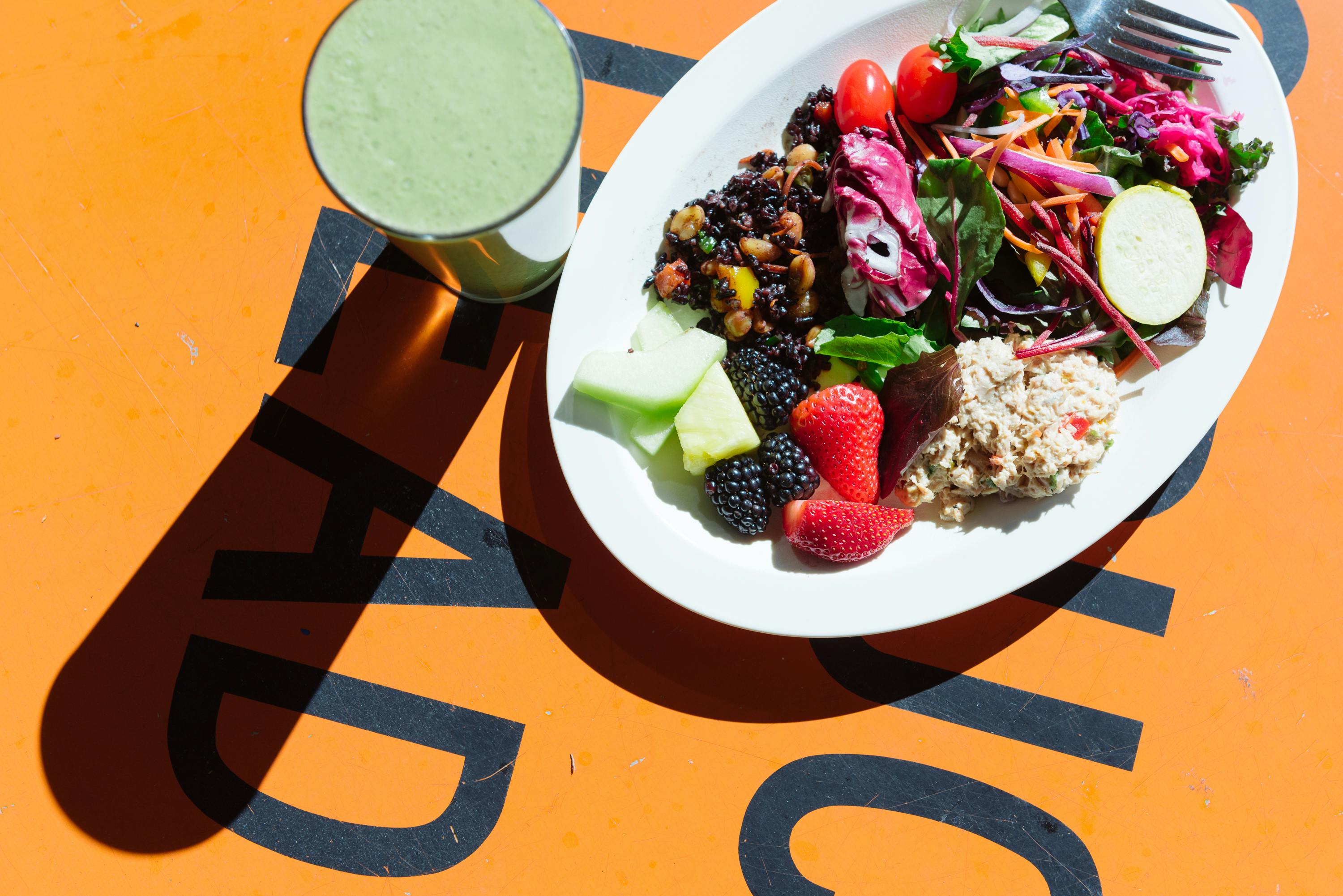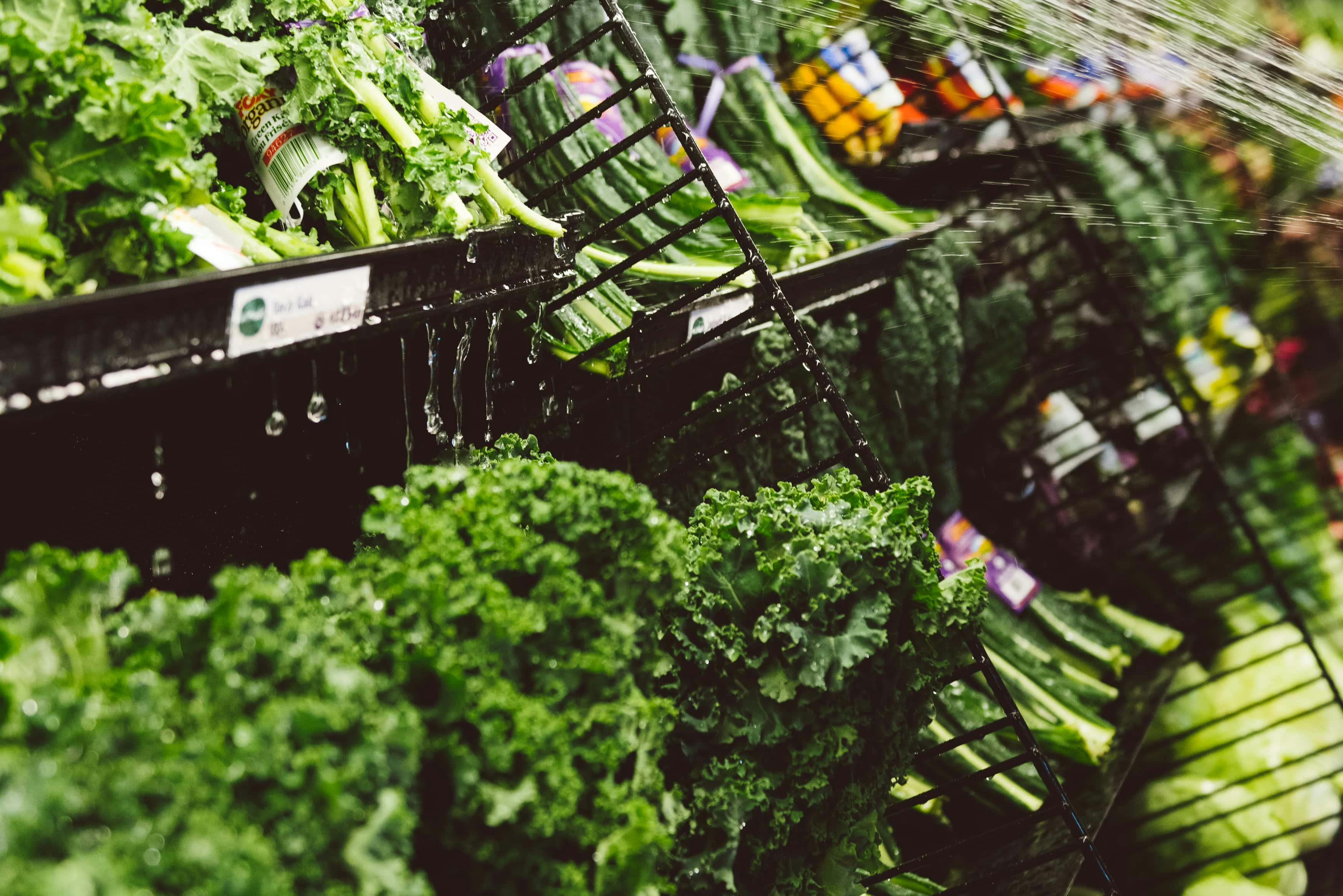Jordan Douglas, MS, HHC
Manuka honey has gained a lot of buzz recently due to its touted superior immune-supportive action. Many customers pause at the higher price point compared to regular honey, wondering how it compares and if it’s worth the investment. Below we’ll take a look at what sets manuka honey apart, its medicinal value, and how to use this liquid gold.
What is manuka honey?
Manuka honey is produced by bees that pollinate the manuka bush, which is native to New Zealand. The manuka bush, Leptospermum scoparium, is sometimes called tea tree or manuka myrtle. The flowers of the manuka plant bloom for a very short window in the springtime, which influences the supply chain and price point of products in the market. Manuka honey tends to be darker and more viscous than other honeys.
How is it different from other honey? What are the benefits?
Manuka has higher levels of antibacterial properties and enzymes, largely attributed to a compound called methylglyoxal (MGO). Methylglyoxal grants manuka honey with non-peroxide antimicrobial activity, potentially increasing the power of this honey to support the immune system and promote healthy tissue repair and regeneration (search “manuka honey” on PubMed for more on this topic).
Manuka honey has the same foundational layer of benefits as raw, local honey. However, due to the MGO content and higher antioxidant content, manuka honey has a more pronounced effect on reducing inflammation both internally and externally. Manuka honey has a higher micronutrient density than regular honey, particularly for minerals such as copper, zinc, magnesium and iron.
What is MGO?
Methylglyoxal (MGO) is an active compound found in manuka honey that renders manuka honey particularly medicinal, measures the potency of individual products, and allows for comparison of various products across the industry.
The amount of methylglyoxal in a given product is tested and certified by the MGO scale, which is then represented on the product label with the format ###+MGO. The number (###) represents a minimum ### milligrams of methylglyoxal per kilogram tested; for example, a product labeled 300+MGO would have a minimum of 300mg methylglyoxal per kilogram. The higher the number on the MGO scale, the higher the potency.
How should I use manuka honey?
Manuka honey can be used in place of other honeys for a range of culinary uses, including adding to tea or smoothies or incorporating into various dishes, snacks, dressing and marinades. You can also enjoy a spoonful right out the jar.
Manuka honey shines topically as well by supporting a healthy skin microbiome, promoting tissue repair and regeneration, and reducing inflammation. For this reason, manuka honey is especially supportive for those with acne, aging concerns and other skin issues. Manuka honey can be applied as a face mask, used as a spot treatment or face wash, or incorporated into various skincare products.
Where can I find manuka honey?
Stop by the Ellwood Thompson’s Nourish Department to shop our collection of manuka honey, including my personal favorite Activist Raw Manuka Honey. Aside from being incredibly delicious and effective, Activist manuka honey is produced sustainably in small batches and is non-GMO project verified and glyphosate free.











